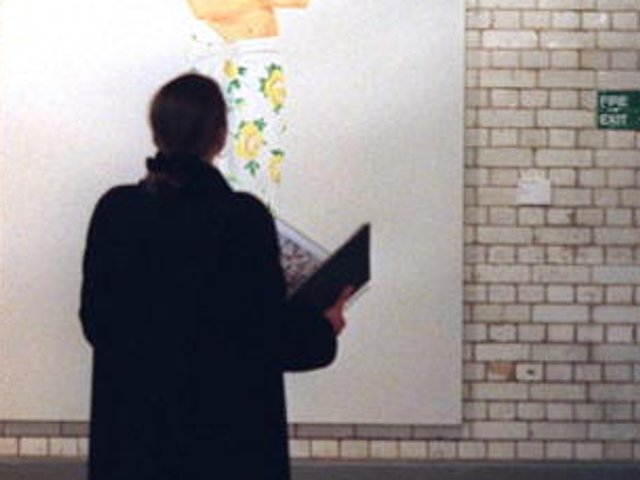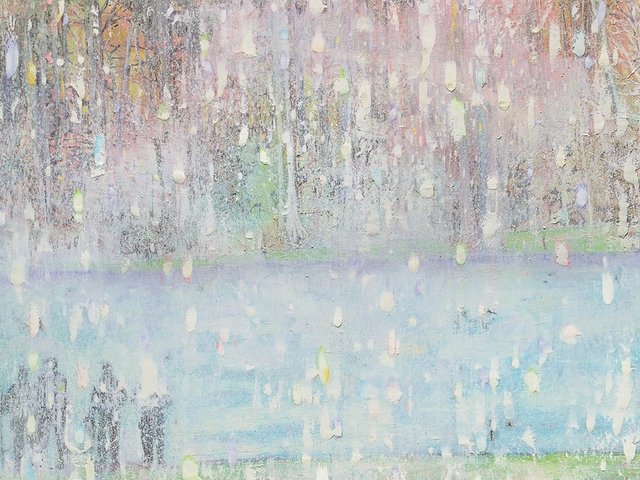Late in February, the conceptual artist Sherrie Levine opened a show at David Zwirner’s New York gallery, on 20th Street, her first since leaving Paula Cooper Gallery, which represented her for around 17 years and which she abandoned in a high-profile departure last summer. Of her decision to leave, Levine said only: “At this point in my career, I wanted to be taken care of and the people at David Zwirner do just that very well.”
That a behemoth like Zwirner would embrace Levine is unexpected given that most say her market is underdeveloped. When her contemporary, and fellow appropriation artist, Richard Prince left Gladstone Gallery for Gagosian Gallery in 2008, his auction record was $8.5m (with premium) for Overseas Nurse (2002) at Sotheby’s, London that year. Levine’s auction sales have yet to reach the $1m mark: her top-selling lot, a bronze urinal, Fountain (After Marcel Duchamp: A.P.) (1991), sold for $962,500 with premium at Christie’s, New York back in 2012.
“Sherrie Levine is one of the leading artists of her generation and has considerable museum support for her work,” Zwirner partner Chris D’Amelio says. “Her prices, relative to her importance, are attractive to collectors.”
Of the 242 works that have sold at auction, just over half sold in the past ten years. Her top-selling 48 lots were sold in the same period, suggesting that her secondary market has just begun to emerge. While she has created a diverse body of work over the years—including found shoes, photographs of work by male artists, check painting, homages to Duchamp, and barely painted wooden knot paintings—the best sellers at auction by far are her shiny bronze skulls and urinals.
Levine was one of the five artists included in the 1977 Douglas Crimp Artists Space show, Pictures, that led to the term Pictures Generation. “Sherrie began exhibiting at about the same time as Richard Prince, Cindy Sherman, Jeff Koons and Christopher Wool. She has her fans and her collectors, but she’s never really been called ‘hot’ in market terminology,” says the art adviser and Levine collector Thea Westreich.
Andrew Massad, an international director for contemporary art at Christie’s who specialises in that generation of artists, points out that where her contemporaries reformatted popular culture, Levine’s work was more concerned with art history, which is a harder sell to private collectors. The six editions of La Fortune (After Man Ray) (1990), recreating Man Ray’s pool tables without pockets painting, all went to museums when they debuted at Mary Boone Gallery in 1990.
One of her most famous series, After Walker Evans, in which Levine photographed works by the Great Depression photographer, is not available for sale at all. In 1994, when the Evans estate raised copyright issues about the works, Levine donated the whole series to the estate. All of it is now owned by the Metropolitan Museum of Art, New York.
That is not to say the rest of her work isn’t sought after. The director of Paula Cooper Gallery, Steve Henry, says: “Careers go up and down, but over the course of our 17 years working with her, we saw a very sustained arc that was consistently positive.”
Either because she joined Zwirner or because the time is now right, it seems Levine’s work might prove to be fertile ground. Loic Gouzer, the deputy chairman of post-war and contemporary art at Christie’s, has made a name for himself organising sales of undervalued or up-and-coming artists and says that he is thinking of doing another this spring.
Levine, he says, is one that he is considering for it, especially with the relatively modest auction results seen last month and in autumn last year. “We are going back to collectors rather than buyers,” Gouzer says, “collectors” being the more thoughtful people who might be interested in Levine’s work.
Sherrie Levine’s other works at auction

Top skull: Caribou Skull (2006)
Sold: Phillips, London, 29 June 2015
Price: $779,599
Levine began to spend time in Santa Fe, New Mexico, in 1997 and her animal skulls can be seen as her own take on the urinal, an elevation of the common to the artistic. They are also, naturally, an homage to Georgia O’Keeffe’s skull works.

Top knot painting: Untitled (Copper Knots #5) (1989)
Sold: Christie’s, London, 13 February 2013
Price: $300,310
These barely painted “not paintings” are one of her more aggressive assaults on the idea of authorship. She highlights the plugs inserted in to each panel that are meant to hide the wood’s natural flaws.

Top checkered painting: Check #11 (1986)
Sold: Christie’s, New York, 16 May 2013
Price: $243,750 Like much of her oeuvre, Levine’s Check works are a clear homage to Marcel Duchamp and his penchant for chess. Here Levine attempts to corner the king and beat him at his other game, appropriation.



